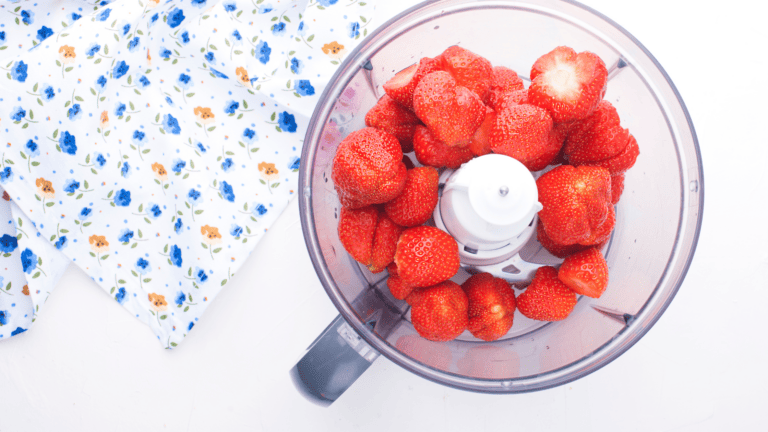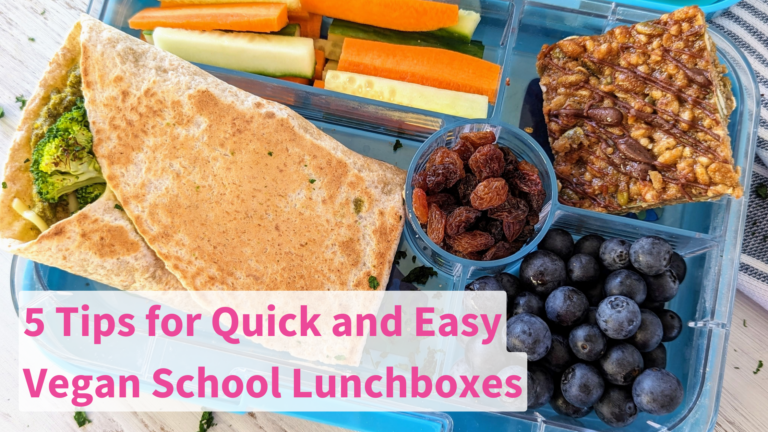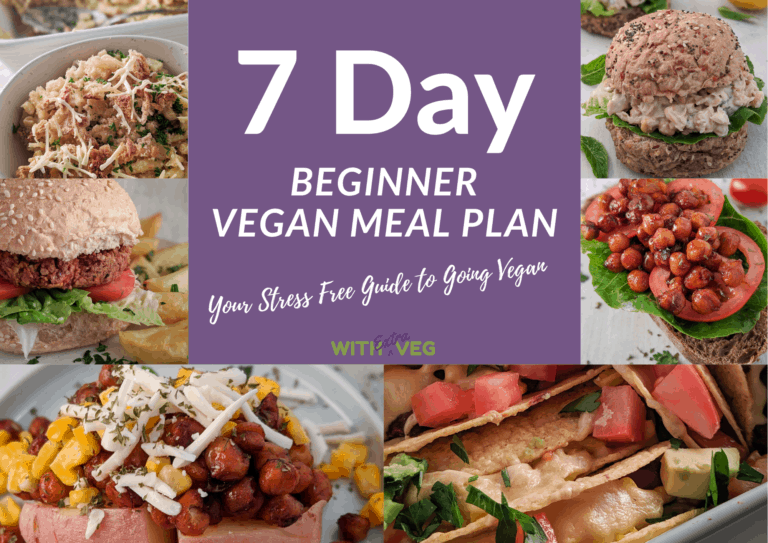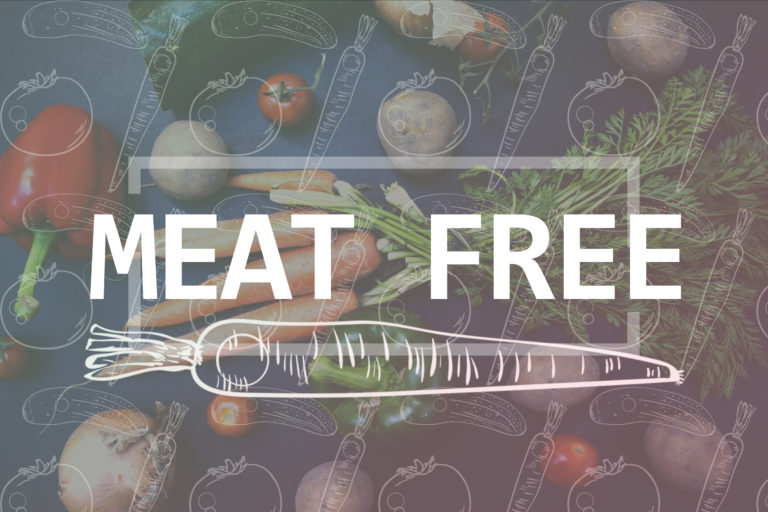Meat Industry Myths: How Marketing Made Meat Look Happy, Healthy and “Normal” (When It Isn’t)
You know what’s wild?
The happiest cow most of us have ever seen is the one painted onto a billboard.
She’s smiling.
She’s glowing.
She looks like she’s moments away from clocking off to go sip a margarita in a paddock somewhere.
And for decades, we’ve believed her.
We’ve believed the story that meat is natural, healthy, necessary — and that eating anything else is somehow… extreme.
But here’s the truth:
If you grew up thinking meat and dairy are the “normal” pillars of a healthy diet, that wasn’t instinct.
That was marketing.
No judgement — I believed it too.
Until I started noticing what the industry didn’t put on the billboard.
Let’s break it down.
Myth 1: “Meat Is Natural and Normal”
In Australia, meat is practically a personality trait.
BBQs, footy, weekend family dinners — meat’s not just on the plate, it’s the main character.
And the marketing?
Oh, they’ve nailed it.
Rugged men holding tongs like it’s a national duty.
Farm scenes that look like they were illustrated for a wholesome children’s book.
Cows grazing on grass so lush it looks Photoshopped (because it probably is).
But here’s the twist:
Modern meat is about as “natural” as a smartphone.
Industrialised. Automated. Mass-produced.
A system built for efficiency — not ethics, not sustainability, not health.
The truth is, most of what we call “normal eating” is just familiar marketing repeated over generations.
When you’ve been shown the same story since you were three…
Of course it feels normal.
Myth 2: “Meat = Health”
Ah yes.
Protein Panic — lovingly sponsored by the very industries who created the panic in the first place.
We grew up with:
- “Got Milk?”
- “Beef. It’s What’s For Dinner.”
- “Pork on Your Fork.”
Whole ad campaigns built on the idea that meat and dairy are the ultimate health foods.
But here’s the reality:
- Processed meat is a Group 1 carcinogen (same category as tobacco).
- Red meat is a Group 2A carcinogen (probably causes cancer).
- Meat contains zero fibre (and 96% of Australians are already fibre deficient).
- Plant-based proteins have been shown to build muscle just as effectively as animal protein.
And honestly… it’s not even the science that’s the wild part.
It’s how effectively the marketing has convinced us that without meat, we’ll crumble into a protein-deficient puddle of weakness.
Spoiler:
You won’t.
Your body loves plants.
It’s the conditioning that’s confused.
Myth 3: “Animals Live Happy, Pastoral Lives”
If farms looked like the packaging, I’d be living in one.
Every cartoon cow is smiling.
Every dairy ad is filmed during golden hour.
Every product uses words like “natural,” “fresh,” “pure,” “wholesome.”
And yet…
Most animals raised for meat and dairy in Australia do not live in sunny paddocks.
They live in industrial systems:
Efficient? Yes.
Ethical? Debatable.
Like the marketing? Absolutely not.
And the dairy cycle?
Let’s keep this gentle, because we don’t do trauma content here.
Cows don’t just produce milk “naturally.”
They need to be pregnant.
Calves are born.
Calves are separated.
Milk goes to humans.
That’s the part the commercials tend to skip.
Most people aren’t cruel — they’re just not shown the full picture.
Why These Myths Work (And Why We Don’t Question Them)
This is where it gets psychological — and weirdly comforting.
Food isn’t just food.
It’s identity, comfort, culture, childhood, belonging.
And belonging is powerful.
When you challenge someone’s food, it can feel like you’re challenging their family traditions… or their culture… or their dad’s Sunday roast.
So we don’t question it.
Not because we don’t care, but because questioning it feels like stepping outside the group.
And honestly?
Nobody wants to be labelled “the extreme one.”
Which is ironic, considering…
If Meat Is So Great, Why Does the Industry Need This Much Marketing?
Let’s apply a little logic.
If something is truly natural, essential and healthy…
why does it need billions in PR?
Why does the industry:
- sponsor school programs?
- fund nutrition research?
- lobby governments aggressively?
- spend fortunes on advertising campaigns designed to make us feel proud of eating meat?
Because without the story — without the marketing — the truth becomes obvious.
The intensity of the marketing tells us everything we need to know.
Once you see it, you can’t unsee it.
What Happens When You Start Questioning the Story
Here’s the part most people don’t expect:
You realise you were never the extreme one.
You were simply the one paying attention.
The real “extreme” thing is the level of marketing, manipulation and cultural conditioning that went into making meat and dairy seem unquestionable.
Questioning the story doesn’t make you radical.
It makes you aware.
And awareness feels good.
Like a deep exhale you didn’t know you were holding.
When you stop eating the way advertising tells you to…
and start eating in a way that aligns with your values…
That’s not restriction.
That’s repair.
The Conversation Doesn’t End Here
If this cracked something open for you — if you’re suddenly seeing how deeply the meat and dairy industries have shaped what we call “normal” — you’re in the right place.
This is the kind of grounded, myth-busting clarity I share regularly.
If you want more of these calm, culture-shifting conversations, stick around. There’s a lot more to say, and I’d love to have you here for it.







